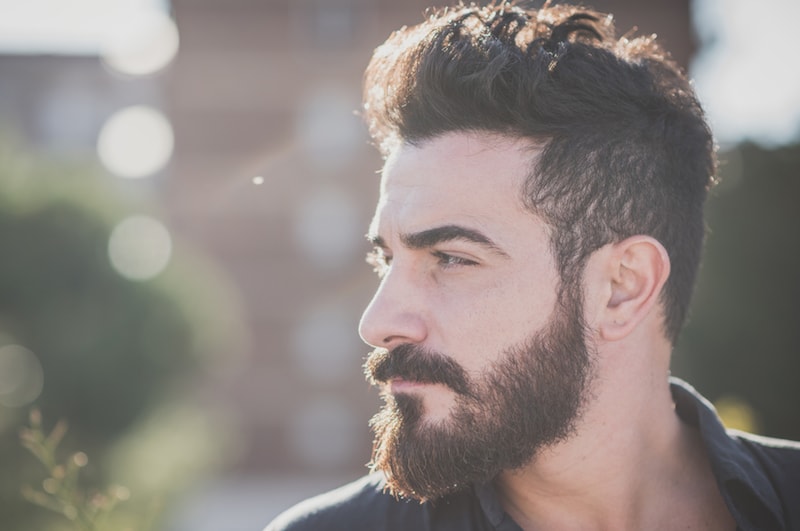
When the public thinks of a hair transplant, they likely have the traditional idea of a hair transplant in mind. A “traditional” hair transplant is when the hair restoration surgeon takes hair from the donor area on the back of the scalp and transplants it to the balding area on the scalp. However, there are some patients that do not have an adequate amount of hair on the back of the scalp to provide the amount of thickness and density to achieve the desired hairline. Thankfully, hair restoration surgeons are also able to transplant hair from different parts of the body to the scalp to fill-in the balding areas. One area of the body that is growing in popularity as a source of donor hair is the beard. Many hair restoration surgeons are turning to the beard to help patients have enough high-quality hair to transplant to the scalp.
Hair restoration surgeons have discovered that many robotic and automated techniques for extracting hair grafts are better used on donor hair from the scalp and not on hair from the beard/facial hair. In general, manual hair extraction is the most practical and effective method of harvesting hair extracted from the face/beard. The reason manual FUE is an ideal option for beard to scalp hair transplant is the fact that the facial skin is more mobile than skin on the scalp. In addition, facial hair angles are usually steeper which makes the FUE process more challenging for the surgeon
Because the facial hair stays in the growth phase (anagen) for a longer period of time than the resting phase (telogen) compared to hair from other areas of the body, the hair that is transplanted from the beard is going to have a growing hair follicle for a longer period of time. In turn, the facial hair will stay in place for a longer period of time and will grow a longer hair shaft.
When it comes to beard to scalp hair transplant, there are many pros and cons to the technique:
Before making the final decision to undergo a hair transplant, patients need to schedule a consultation appointment with a board-certified doctor experienced in performing beard to scalp hair transplant. The hair restoration specialist will perform a thorough examination of the patient to determine if beard to scalp hair transplant is the best option for patients looking to have hair restoration. In addition, the doctor will set realistic expectations so the patient will not be disappointed by the final results. Beard to scalp hair transplant is a good option for patients that want to enjoy the natural, long lasting results provided by a hair transplant even if they don’t have enough donor hair on the scalp for a hair transplant.
MA